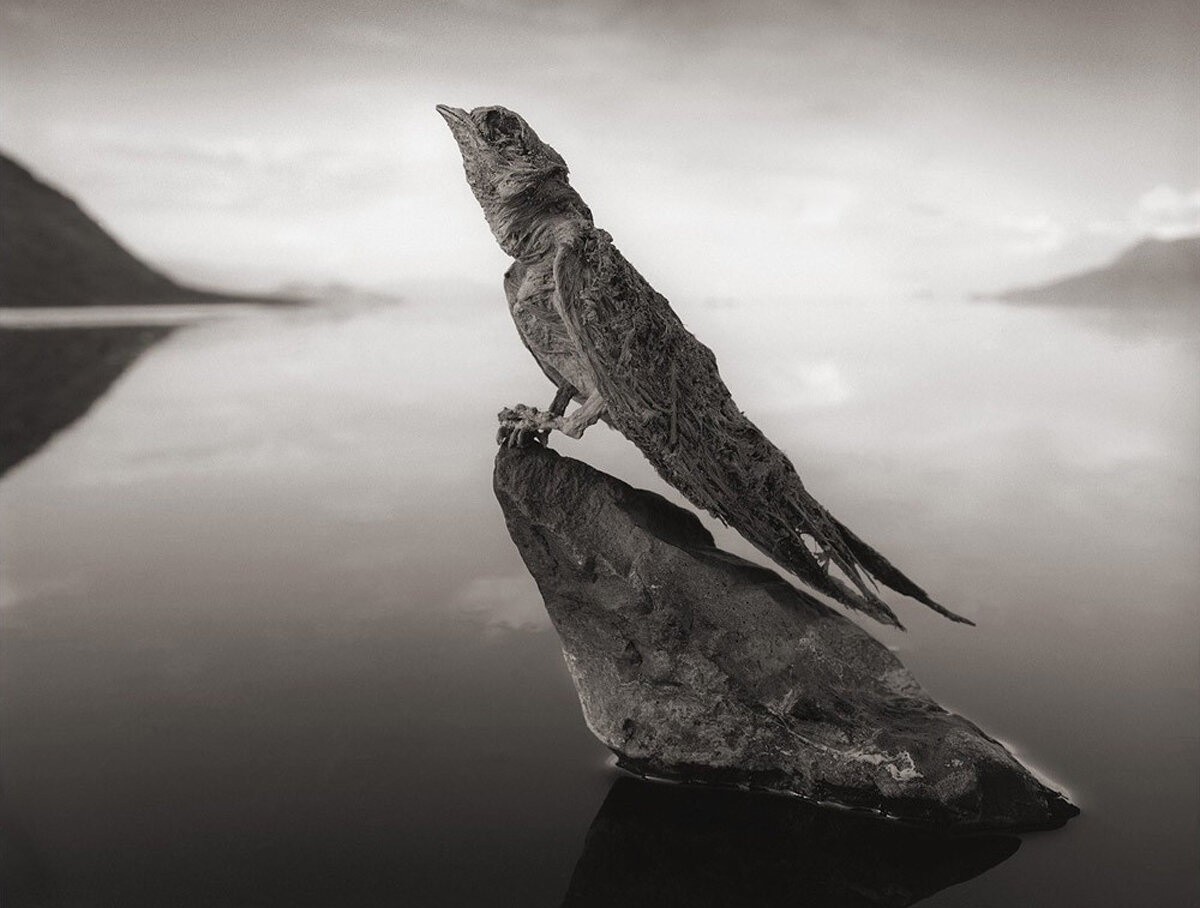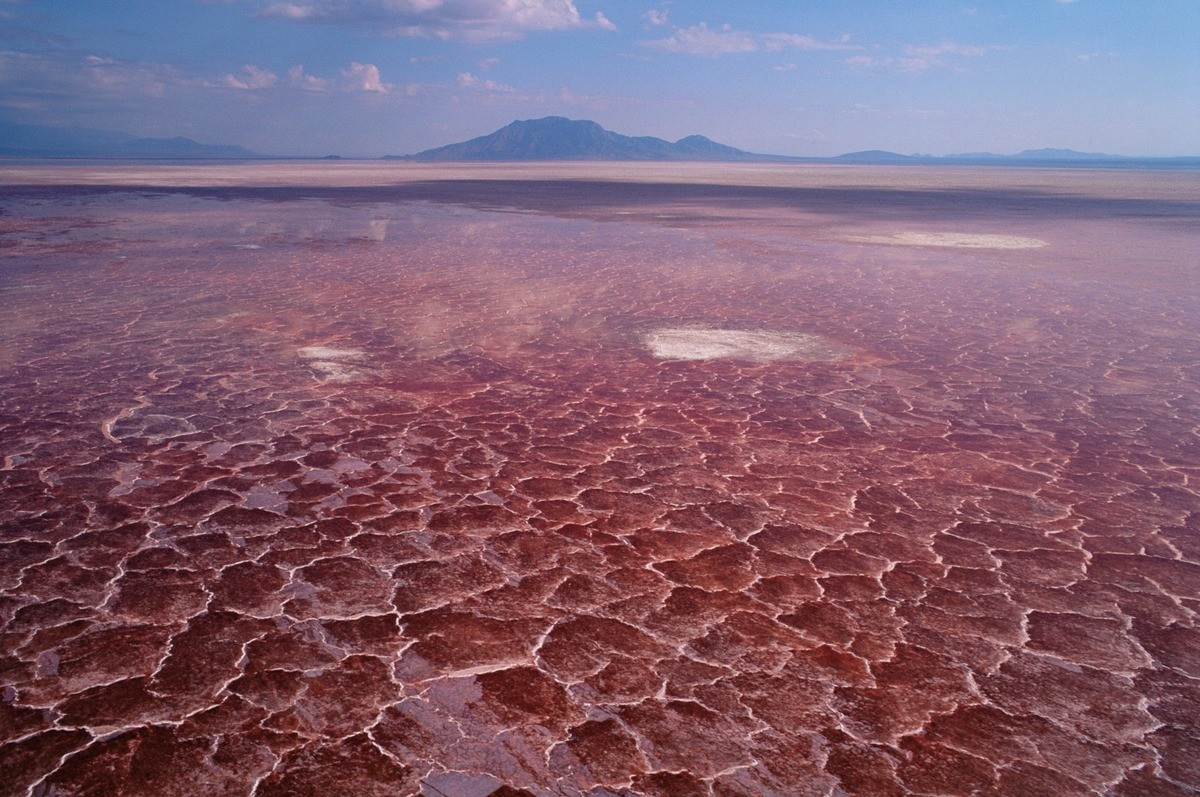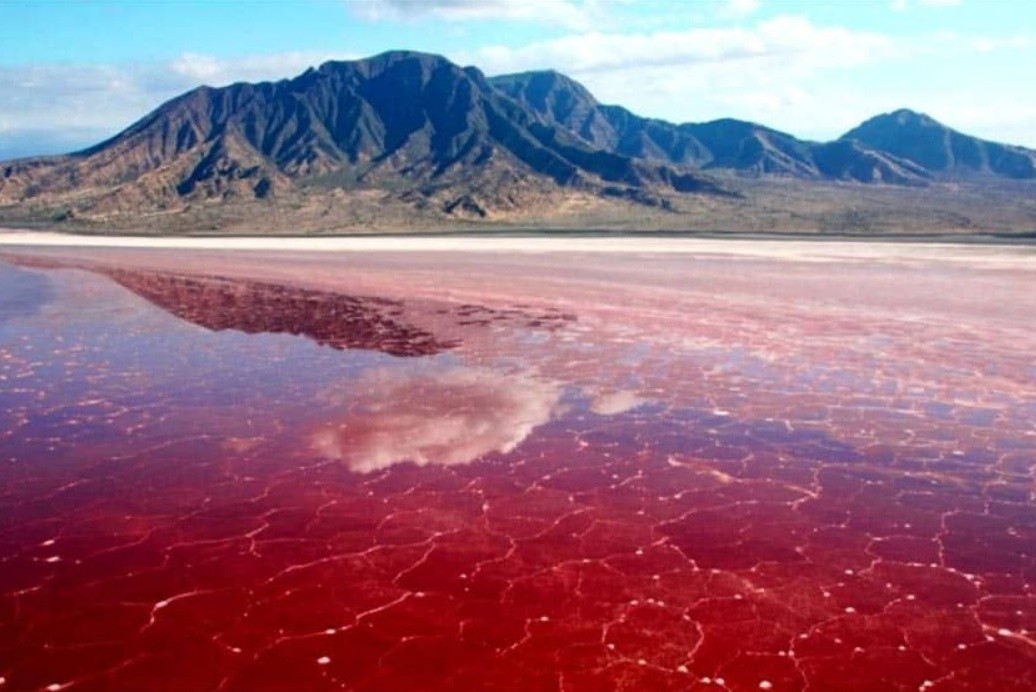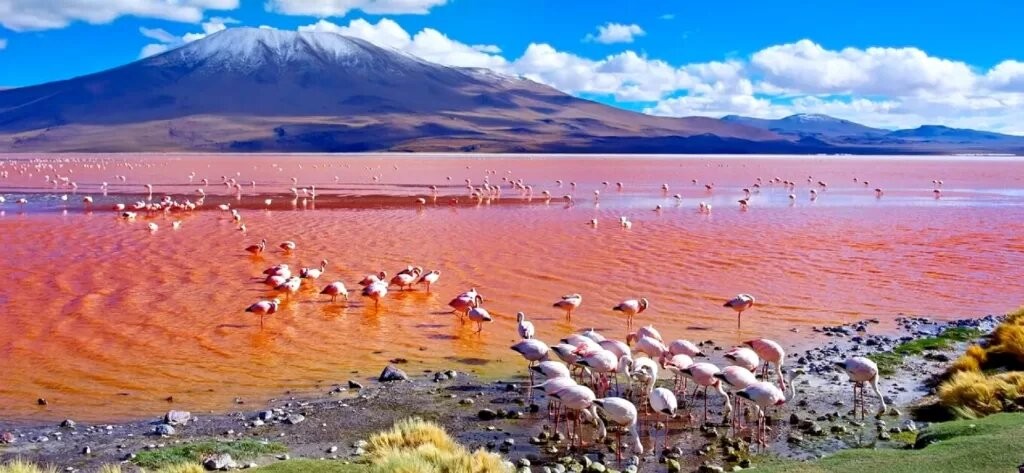The Death Lake of Africa: How scorching, caustic water turns birds into stone statues
Lake Natron sits in northern Tanzania at the foothills of the Ol Doinyo Lengai volcano, one of the world’s most dangerous places. The water here is not only hot—it can reach about 60°C—and extraordinarily alkaline, with a pH that can climb to 12. When birds or bats strike the lake, they suffer chemical burns and heat shock and can die within a minute. In the days that follow, Natron’s minerals pull moisture from the tissues and literally cement what remains, turning lifeless creatures into stone statues along the shore.

In This Article:
Nature’s own embalmer: Natron’s preservation power
The lake’s natron-rich water acts as a natural preservative. It pulls moisture from tissues, slows decay, and hardens the remains. After roughly a month, a small bird or bat becomes a stone sculpture, keeping the finest feather details intact along the shore.

The volcanic engine behind Natron
Ol Doinyo Lengai is the only active volcano on Earth that erupts carbonate lava. That lava, rich in sodium compounds and carbon dioxide, along with underground sources, feeds Lake Natron. This rare volcanic chemistry powers the lake’s extreme alkalinity and explains why the water can burn and preserve at the same time.

Flamingos: a pink paradise built on toxic water
Natron is home to about 75% of the world’s flamingos. The birds have adapted to the lake’s toxins: their glands excrete excess substances, and their skin tolerates the harsh alkaline water. The cyanobacteria in the lake color the water pink, and flamingos feed on those microbes, giving the birds their distinctive rosy plumage. Predators can scarcely approach the shore, because the lake itself is lethal to would-be hunters.

Maasai beliefs and the warning to visitors
For the Maasai, Lake Natron is more than a lake—it is a doorway to the spiritual world. The stone birds are seen as ancestral souls who violated taboos and were transformed by the lake. For people, contact with Natron’s water can be deadly: the water can burn skin, eyes, and lungs; even a splash or contact with wounds, the mouth, or the eyes can cause severe burns. Biologists advise staying at least two meters away from the water. The lake’s beauty is inseparable from its danger—a reminder that nature keeps its own secrets, sometimes with brutal, stunning clarity.

